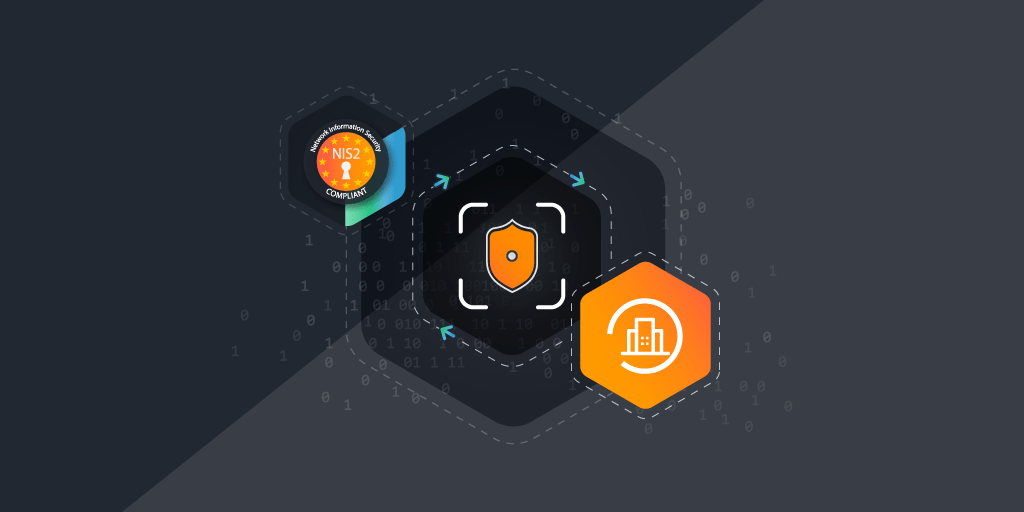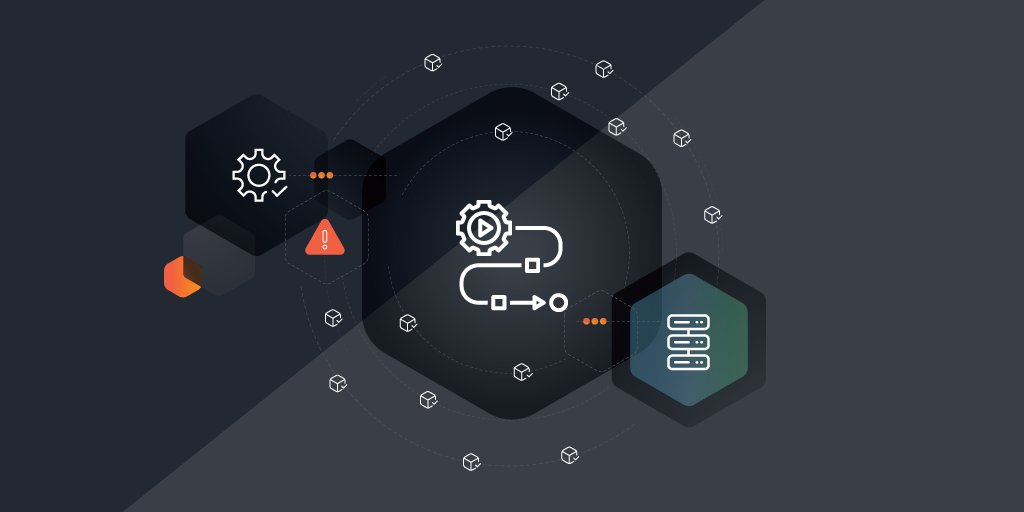
Public Sector Enterprises are at a critical juncture as the NIS2 Directive, a comprehensive update to the EU’s cybersecurity framework, comes into effect. With over 160,000 public sector entities across Europe now under its purview, the implications of non-compliance are significant – not just in terms of potential security breaches, but also concerning the financial penalties that could ensue.
This sweeping regulation mandates stricter security measures and reporting obligations, presenting both challenges and opportunities for public sector organizations to bolster their cyber resilience.
In this blog post, we will explore the specifics of NIS2 and how it impacts public sector organizations, including the necessary steps to ensure compliance and strategies to mitigate risk.
What Is NIS2?
The NIS2 Directive represents a significant step forward in strengthening cybersecurity across the EU. As an evolution of the original Network and Information Systems (NIS) Directive, NIS2 aims to address the increasing frequency, sophistication, and impact of cyber threats. Its primary objectives are to increase the overall level of cybersecurity across all member states and enhance cooperation among national authorities.
By expanding the scope to cover more sectors and types of entities, including all medium and large companies in selected sectors, NIS2 pushes for a more robust and unified cybersecurity posture across the EU.
For public sector organizations, the directive necessitates substantial adjustments in both strategy and operations. These entities must ensure they are not only protecting sensitive government data but also safeguarding the personal information of citizens against potential cyberattacks. Failure to comply with the directive can result in substantial penalties.
Who Does NIS2 Apply to in the Public Sector?
Under NIS2, the obligations are expanded to cover a broader spectrum of public sector bodies:
- Essential Entities: Organizations vital for the maintenance of critical societal or economic activities. The updated directive broadens the definition to cover more sectors such as energy, transport, banking, financial market infrastructures, health, drinking water, wastewater, digital infrastructure, public administration and space.
- Important Entities: Entities from sectors like postal and courier services, waste management, manufacture, production and distribution of chemicals, and food production, processing and distribution.
- Public Administrations: One of the key updates in NIS2 is the specific inclusion of all medium and large entities in the public administration sector, regardless of their specific function. This ensures that a broad array of public services is covered, reflecting the critical nature of their operations and the necessity of safeguarding them against cyber threats.
Public sector organizations classified under these categories are required to adopt several stringent cybersecurity measures, which include risk management practices, incident reporting procedures and system resilience strategies. They are also subject to stricter supervisory measures, more rigorous enforcement requirements and higher sanctions for non-compliance compared to the original directive.
Cybersecurity Challenges in the Public Administration Sector
Public sector organizations frequently encounter a range of cybersecurity threats due to the critical and sensitive nature of their operations. Ransomware attacks are particularly prevalent, where malware encrypts an organization’s data until a ransom is paid, as seen in the 2021 attack on the Colonial Pipeline in the USA. Phishing attacks are also common, involving fraudulent emails or messages designed to steal sensitive data or deploy malware. Government employees are often targeted to access secure communications and personal data.
Another significant threat includes Distributed Denial of Service (DDoS) attacks, which overwhelm systems, servers, or networks with traffic to incapacitate them. These are particularly disruptive when aimed at government websites and online services. Data breaches pose a serious risk too, such as the 2020 cyber attack on the U.S. Department of Health and Human Services, which aimed to access sensitive data related to the COVID-19 pandemic response.
A report by the Cybersecurity and Infrastructure Security Agency (CISA) in 2023 highlighted that about 30% of public sector organizations in the U.S. had experienced at least one ransomware attack. This statistic underscores the ongoing vulnerability of public sector entities to cyber threats and the critical need for enhanced cybersecurity measures.
Here are some best practices to enhance security and protect vital assets:
- Regular Risk Assessments: Regular and thorough risk assessments help identify vulnerabilities and evaluate associated threats, allowing organizations to prioritize security measures effectively.
- Data Encryption: Encrypting data in transit and at rest significantly enhances security by making unauthorized access to sensitive information much more difficult.
- Multi-Factor Authentication (MFA): Implementing MFA reduces the risk of unauthorized access by requiring multiple forms of verification from users.
- Regular Software Updates and Patch Management: Keeping software and systems updated is essential for protecting against known vulnerabilities and preventing exploitation by attackers.
- Employee Training and Awareness Programs: Continuously educating employees on cyber threats and their data protection responsibilities is crucial for maintaining organizational security.
- Network Segmentation: Segmenting network resources into smaller, secure zones limits the spread of breaches and enhances control over access to sensitive areas.
- Regular Backups: Regularly backing up critical data ensures it can be restored after cyber attacks or disasters, and these backups should be securely stored in multiple locations.
In addition to these best practices, incident reporting and response planning are critical for making sure any security breaches or incidents are quickly identified, communicated and addressed, minimizing the impact on operations and sensitive data.
Effective incident reporting involves a structured way for employees and systems to alert decision-makers to potential security threats and facilitate immediate action. A robust incident response plan outlines the specific protocols and actions to be taken in the event of an attack. Together, these processes help to mitigate and recover from an incident.
Safeguarding Critical Infrastructure
Public sector organizations play a crucial role in maintaining societal functions, making the protection of their critical infrastructure imperative. But where do you start?
- Begin by creating a detailed inventory of all digital and physical assets. This should include everything from network hardware and servers to software applications and data repositories.
- Next, identify which assets are critical for the essential functions of the organization. Factors to consider include the asset’s role in service delivery, the impact of its failure, and its interconnectedness with other systems.
- Classify these assets based on their importance to the core services of the organization. This helps in focusing efforts and resources on protecting the most critical components first.
Once you’ve created a detailed inventory, it’s time to assess your cybersecurity risks and vulnerabilities.
- Perform regular vulnerability scans to identify security weaknesses in the infrastructure, including penetration testing and system audits.
- Keep up to date with the latest cybersecurity threats targeting public sector organizations and infrastructure.
- Combine the insights from vulnerability scans and threat analysis to assess your risk and evaluate the potential impact of different cybersecurity threats to your organization.
The final step in the process is to implement preventative measures. A layered security approach – one that includes perimeter defenses, internal network segmentation, access controls and data encryption – is the best approach. That way, if one layer is compromised, additional layers of security protect your critical assets. Be sure to keep all systems updated with the latest security patches and software updates, using automated tools to manage and ensure compliance across all devices.
Finally, continuous monitoring tools can be effective for detecting unusual activities that could indicate a security breach. Remember: Early detection is key to minimizing the impact of cyber attacks.
How Lansweeper Can Help with NIS2 Public Sector Compliance
Lansweeper offers a robust solution for public sector organizations striving to comply with the NIS2 Directive. Its comprehensive asset discovery and inventory capabilities ensure that all networked assets are identified and cataloged, a fundamental step for compliance. This visibility aids in vulnerability detection by integrating with databases to pinpoint security weaknesses, aligning with NIS2’s risk management requirements.
Lansweeper’s advanced reporting features facilitate compliance reporting, as well, providing evidence of security measures and asset management practices. The platform also supports configuration and change management, keeping an audit trail of modifications that could impact system security. Learn more about Lansweeper for Cybersecurity.
NIS2 Compliance Resources
Achieving compliance with the NIS2 Directive requires a comprehensive approach, using various resources and tools available to organizations. Here are some helpful resources you may want to explore:
- EU Commission and ENISA: Start with the official EU Commission’s NIS2 Directive page for foundational documents and guidance. ENISA also offers detailed guidelines and best practices on cybersecurity measures relevant to NIS2.
- National Cybersecurity Authorities: Check with your local regulatory body for country-specific guidance and support, which can be found on national cybersecurity websites.
- Training and Certification: Look for training programs from reputable providers that focus on NIS2 compliance, and consider attending workshops and seminars for ongoing education. Cybersecurity certification programs can often be found through professional training organizations like ISC2 or CompTIA.
- Technical Solutions: Leverage IT asset inventory solutions like Lansweeper in conjunction with SIEM systems to streamline compliance processes and enhance real-time security monitoring.
Learn how Lansweeper is helping public sector organizations meet security and compliance mandates such as NIS2.
Go Unlimited for 14 days
No card required
2 weeks of free access
Access all features
Start now. Use when ready
5-minute onboarding


